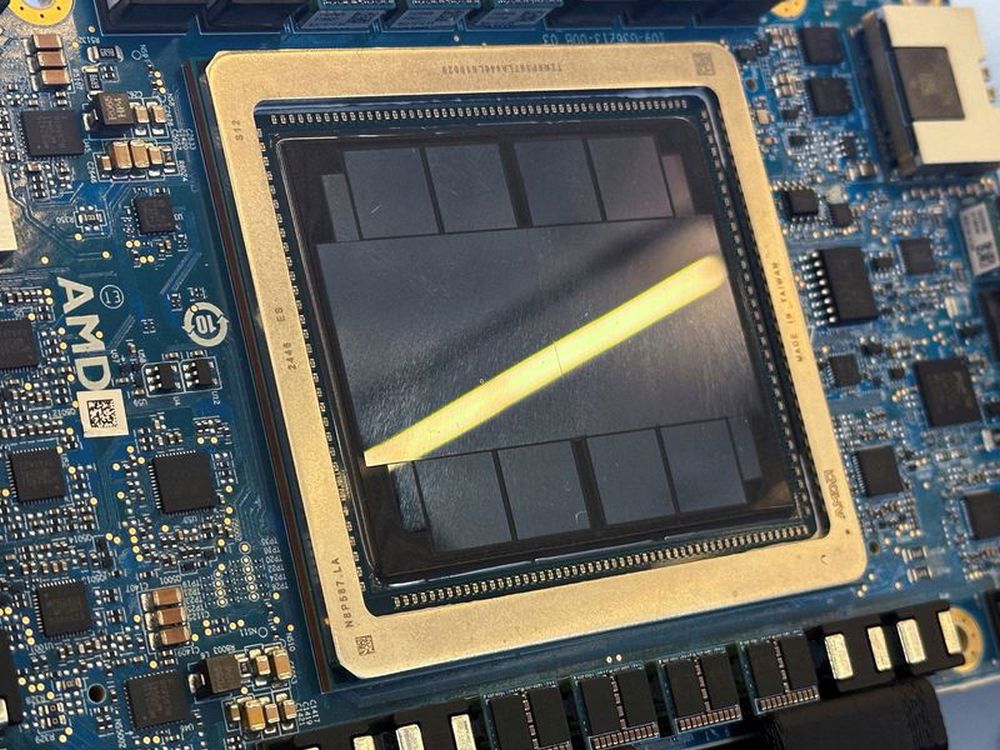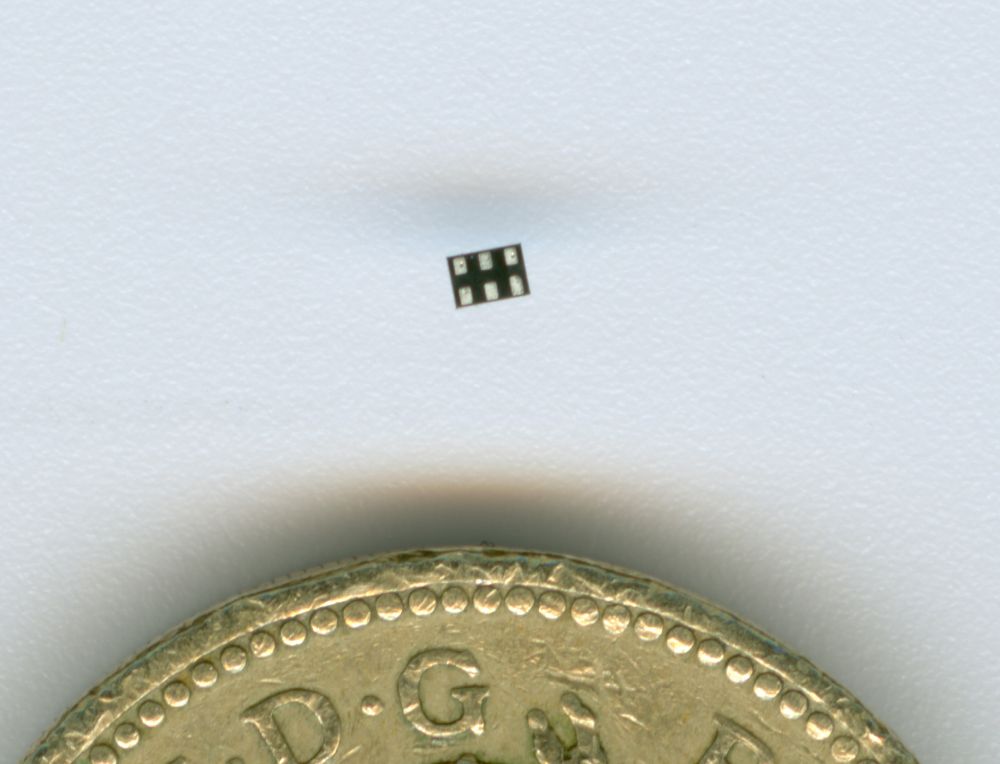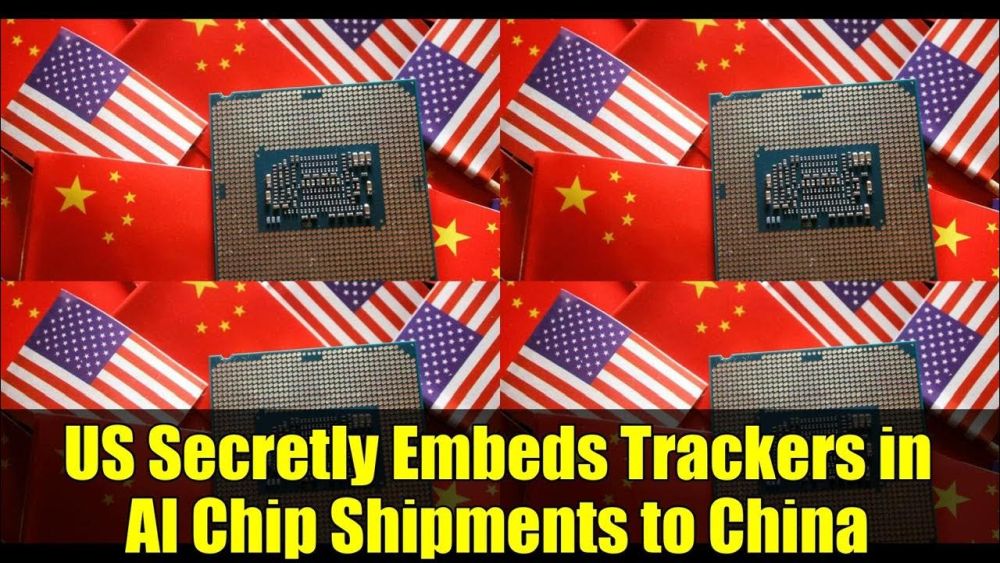In a move that blends covert operations with legislative force, the United States has been secretly embedding location-tracking devices into shipments of advanced AI chips and servers. These trackers, sometimes hidden in packaging and at other times installed inside the servers themselves, are designed to detect when controlled hardware is illegally diverted to China. Shipments from companies such as Dell and Super Micro, containing Nvidia and AMD processors, have reportedly been part of this enforcement strategy. The tactic is spearheaded by agencies including the Department of Commerce’s Bureau of Industry and Security, Homeland Security Investigations, and the FBI, marking one of the most technologically sophisticated crackdowns on export control violations to date.

The use of trackers to monitor sensitive goods is not new, but applying it to AI hardware reflects the high stakes surrounding next-generation computing power. U.S. authorities have previously used similar methods for restricted products like aircraft components, but AI chips have now entered the same category of strategic assets. In one reported case, Dell servers with Nvidia GPUs were equipped with multiple trackers, some as large as smartphones, enabling precise location monitoring. This has led to supply chain intermediaries actively inspecting hardware for any embedded surveillance before reselling it, an indication of the growing cat-and-mouse game between regulators and grey-market traders.

This operational secrecy is being paired with open legislative action. Senator Tom Cotton and Representative Bill Foster have introduced the Chip Security Act, a bill that would mandate location-verification mechanisms in all export-controlled AI chips and any products that contain them. Exporters would also be legally required to report suspected diversions or tampering to the Commerce Department. If enacted, this law would formalize what is currently a covert initiative, transforming it into a permanent requirement for the AI hardware trade. Such measures are likely to face both technical challenges—such as chip performance and security concerns—and diplomatic tensions, given China’s vocal suspicion of tracking capabilities in foreign hardware.

Looking forward, U.S. authorities are also exploring ways to integrate tracking technology directly into the chips themselves, whether through hardware design features or embedded software verification. While such advances could close loopholes in the current system, they risk adding complexity to chip manufacturing, increasing costs, and raising cybersecurity issues. For the semiconductor industry, especially in Taiwan’s central role as a global supplier, these measures could redefine how high-performance processors are designed, exported, and monitored. More broadly, the escalating technological controls between Washington and Beijing signal a future where the movement of AI hardware is tracked as tightly as military-grade equipment, fundamentally altering the balance of the global tech trade.

#AI #Chips #Geopolitics #USChina #Technology #ExportControl #Surveillance #Nvidia #AMD #Semiconductors
